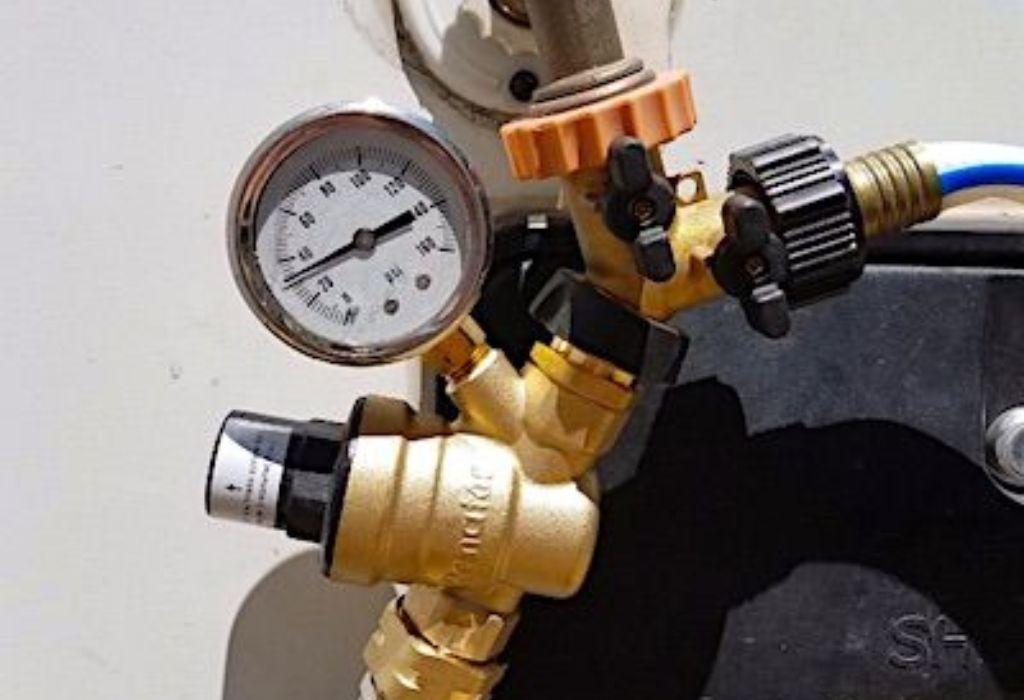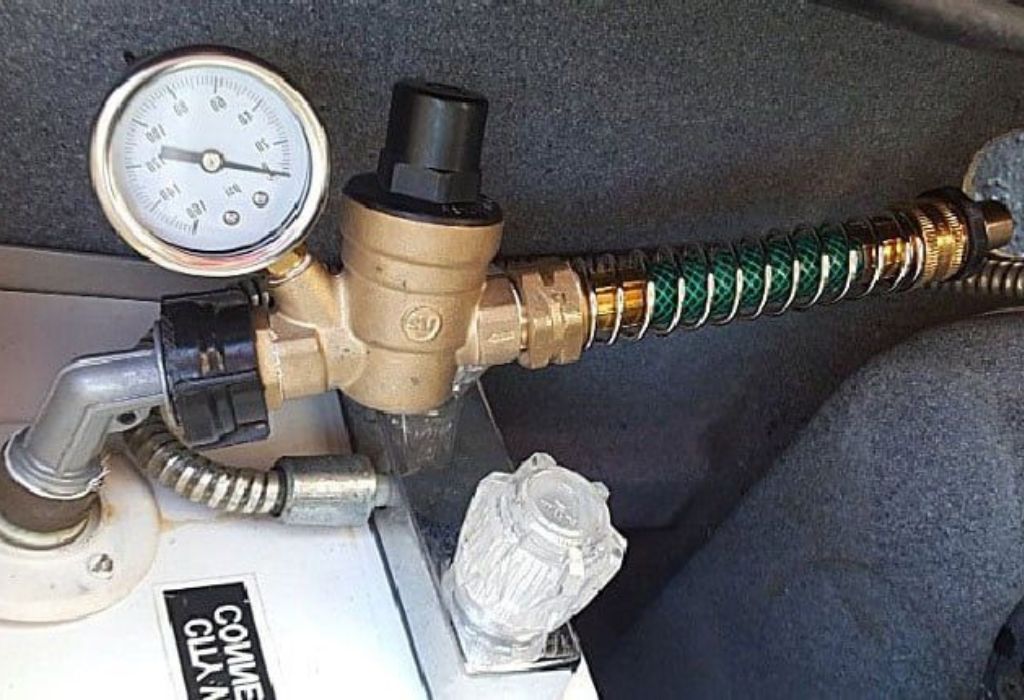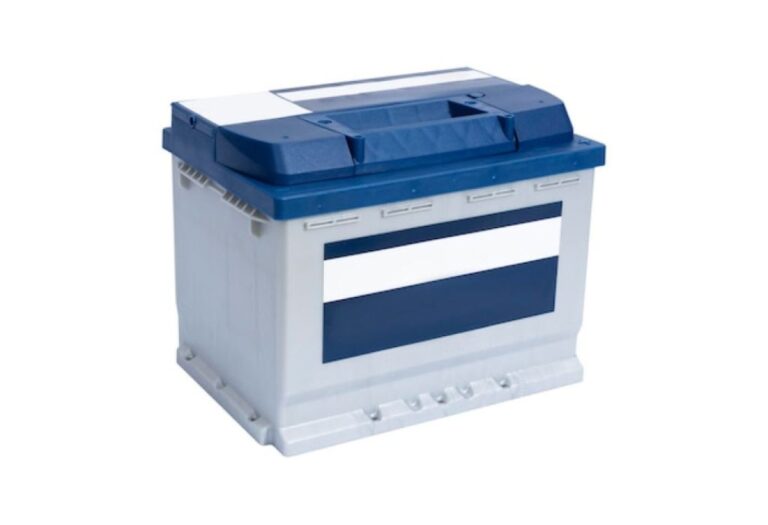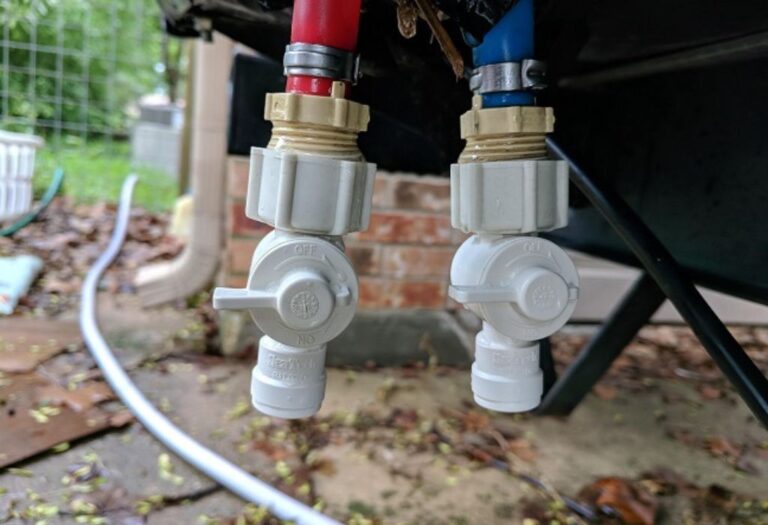Where to Install an RV Water Pressure Regulator?
Imagine arriving at a new campsite, connecting your RV to the city water supply, and immediately feeling water pressure far higher than expected. Without proper regulation, this high pressure can damage pipes, valves, and fixtures, leading to costly repairs and a ruined camping trip.
Many RV owners underestimate the importance of installing a water pressure regulator. According to a 2023 RV Water Guru study, over 40% of RV plumbing failures occur due to excessive water pressure at campground hookups (source). This makes installing a regulator one of the simplest and most effective preventive measures.
A properly installed regulator ensures safe water pressure, protects the RV plumbing system, and extends the lifespan of tanks, hoses, and fittings. It also provides peace of mind when connecting to unfamiliar water sources at different campsites.
This article will explore exactly where to install your RV water pressure regulator, the types of regulators available, step-by-step installation guidance, maintenance tips, and common mistakes to avoid. By the end, you’ll know how to protect your RV plumbing and enjoy safe, reliable water flow wherever you travel.
What Is an RV Water Pressure Regulator?

Definition & Function
An RV water pressure regulator is a device designed to control the incoming water pressure from city hookups. It limits water pressure to a safe range, usually 40–60 PSI, preventing damage to hoses, tanks, faucets, and internal plumbing.
Types of Regulators
There are several types of RV water pressure regulators:
- Inline / screw-on regulators: attach directly to the city water inlet.
- Adjustable vs fixed PSI models: adjustable regulators allow fine-tuning; fixed models maintain a constant PSI.
Where does a regulator attach?
Directly at the city water inlet before the RV plumbing system.
Why is regulating water pressure important?
It prevents pipe bursts, leaks, and damage to faucets and tanks.
Can all RVs use the same type?
Yes, most RVs can use standard inline regulators, but always check PSI ratings.
Does a regulator affect water flow?
It limits excessive pressure while ensuring sufficient water flow for daily use.
Ideal Location for Installation
At the City Water Connection
The regulator should be installed directly on the hose before it connects to the RV inlet. This placement provides immediate pressure control and acts as the first line of defense against high-pressure water sources.
After the Hose, Before the RV Plumbing
Installing the regulator after the hose but before the plumbing ensures that any spikes or fluctuations in pressure do not reach the RV system, protecting the tanks and fixtures.
Tips for Proper Placement
- Ensure the regulator is easily accessible for inspection and replacement.
- Install it vertically for accurate pressure readings.
- Use Teflon tape on threaded connections to prevent leaks.
Can it be installed inside the RV?
No, regulators must be placed before the plumbing system at the water inlet.
Should it be installed before or after a water filter?
Typically before the filter to protect the plumbing, unless manufacturer instructions specify otherwise.
Optimal PSI setting?
Most RV plumbing systems operate safely at 40–60 PSI.
How to verify it’s working?
Use an inline pressure gauge installed after the regulator.
Step-by-Step Installation Guide
- Turn off the city water supply before connecting.
- Attach the inline regulator to your hose, ensuring fittings are tight.
- Connect the hose to the RV water inlet.
- Open the water supply slowly to avoid pressure spikes.
- Inspect for leaks and verify pressure using a gauge.
Are tools required?
Most regulators can be hand-tightened without tools.
Can regulators be reused?
Yes, if they remain intact and free of debris.
How often should the regulator be checked?
Inspect every camping season or before each trip.
What if pressure is still too high?
Ensure the regulator’s PSI rating matches your RV requirements; replace with a higher-capacity model if needed.
Common Mistakes & How to Avoid Them
- Installing the regulator after the RV plumbing instead of at the inlet.
- Forgetting Teflon tape or washers, causing leaks.
- Using low-quality regulators prone to failure or inconsistent pressure control.
Can incorrect installation damage plumbing?
Yes, unregulated high pressure can burst pipes or damage fixtures.
How to prevent leaks?
Use quality fittings, Teflon tape, and hand-tighten securely.
Should the regulator be removed after each trip?
Optional, but recommended in cold weather to prevent freezing or wear.
Maintenance & Tips

- Regularly inspect for cracks, leaks, or buildup inside the regulator.
- Clean out debris that may accumulate inside the regulator.
- Replace the regulator if PSI drops or if it shows signs of damage.
- Store in a dry, safe place when not in use.
How to maintain a regulator?
Rinse and inspect regularly; replace if damaged.
Typical lifespan?
High-quality regulators last 3–5 years, depending on usage.
Can regulators freeze in winter?
Yes, remove or drain before freezing temperatures to prevent cracking.
Advanced Tips
- Use an inline pressure gauge to monitor city water pressure continuously.
- Adjustable regulators allow you to customize PSI based on campsite conditions.
- Pair with a water filter to remove debris and protect plumbing further.
Is an adjustable regulator better?
Yes, it provides flexibility for varying water pressures.
Do you need a gauge?
Optional, but recommended for real-time monitoring.
Can it prevent all water damage?
It protects against high pressure but cannot prevent leaks from hoses or fittings.
Conclusion
Installing an RV water pressure regulator at the city water inlet is essential to safeguard your plumbing system. Proper placement, regular maintenance, and correct PSI settings ensure your RV’s tanks, hoses, and fixtures are protected from pressure spikes. Following these guidelines prevents costly repairs, keeps your water system safe, and ensures a smooth and worry-free camping experience wherever your travels take you.
I’m David R. Coleman, the founder, lead writer, and lifelong tool enthusiast behind GarageToolPro.com. With years of experience in automotive repair, woodworking, and home DIY projects, I created this platform to share practical tips, detailed tool reviews, and step-by-step guides that help mechanics, hobbyists, and homeowners get the job done right the first time.





